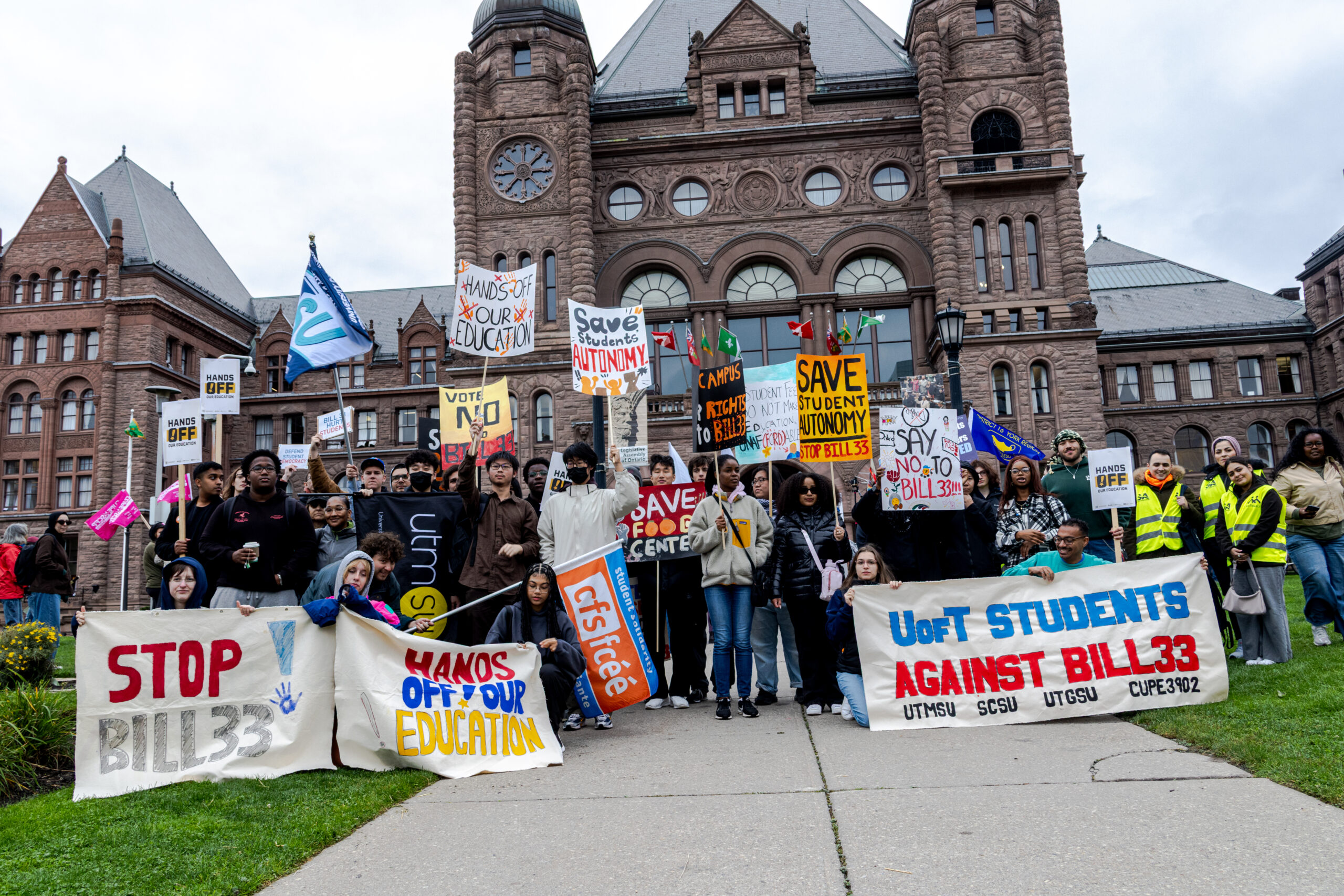2018’s audit indicates overspending on OSAP while student groups call for more
Ontario’s Auditor General, Bonnie Lysyk in the 2018 Annual Report indicated that the province’s spending in the last fiscal year generally did not achieve its goals.
The Ontario Student Assistance Program (OSAP) is one of the areas where this finding was reflected.
Over the past two years, OSAP has undergone significant restructuring aimed at improving access to post-secondary education.
However, the audit report stated that, “an increase in enrolment of only one per cent for universities and two per cent for colleges, even though the number of OSAP grant recipients rose by about 25 per cent.”
“To question the effectiveness of a program that has only been in place for a year is poor practice in policy analysis,” said Nour Alideeb, chairperson of the Canadian Federation of Students–Ontario.
“At this point, it’s impossible to say whether the program was effective in boosting enrolment from low-income students,” she added.
The Auditor General also highlighted that $65.7 million was issued in grants to students who later withdrew from their programs.
The revised OSAP policy mandates that students who withdraw from full-time studies within 30 days must repay the funds received in the form of loans.
For those who withdraw after, the amount due is calculated based on the time the student was in school.
The grants issued to students who withdrew in 2017-18 are yet to be converted to loans.
“I don’t think that reflects poorly on OSAP. What that is saying is there is a need for more assistance for students during their academic career,” said Abdullah Mushtaq, the director of advocacy at the College Student Alliance (CSA).
He is calling on the government to look into why the students are dropping out and provide assistance to reduce those instances.
“If the reasons were financial, then clearly OSAP is still messing up and OSAP needs to be increased,” Mushtaq said.
He also suggested mental health as another factor and noted that students in such cases should be exempted from repaying.
Coming out of the 2018 audit was a 33 per cent increase in mature students who are now accessing OSAP.
Of this total, 27 per cent were already enrolled and were previously unable to access government funding.
Parental income is taken into consideration when determining eligibility for OSAP, but the 2018 revised model removed this criteria for students who have been out of school for four years or more.
“I think any person trying to come back and become a student, improve their education, I think that is a very good thing,” Mushtaq noted.
He alluded to the looming closure of the General Motors plant in Ontario, saying, “In a rapid changing economy, more access for mature students is going to be paramount for their success.”
Looking ahead, the audit predicts an upward trend in the overall cost of OSAP, with a projection of $2 billion annually by the fiscal year 2020-21.
Alideeb responded, saying “there was virtually no new money put forward by the government to create the modified grants program. Almost all of the funding came from previously existing tax credits and OSAP grants.”
“The Auditor General fails to acknowledge the many positive impacts of the targeted-free-tuition program or address the long-term objectives of the changes made to OSAP under the previous government,” she argued.
Similarly, Mushtaq believes that “there are improvements that need to be made but we (CSA) don’t want to see cuts happen to OSAP.”


